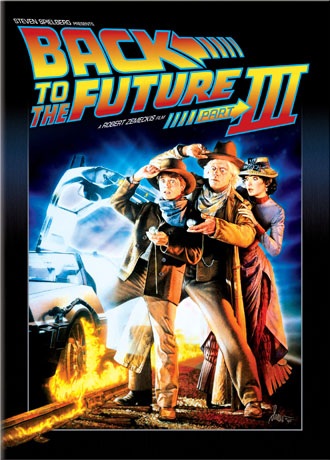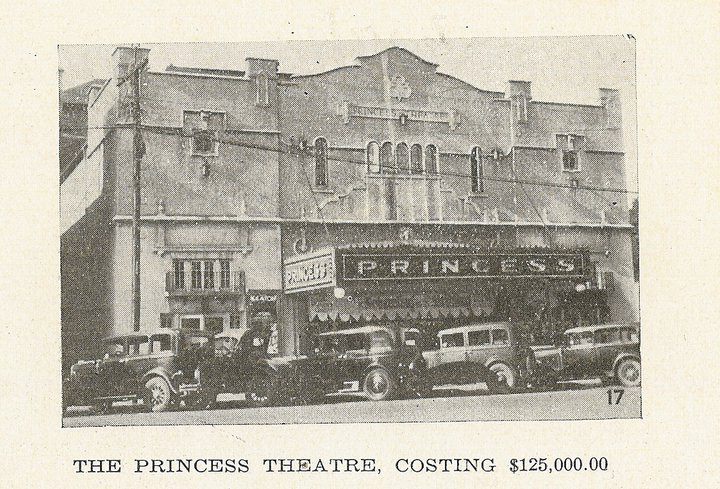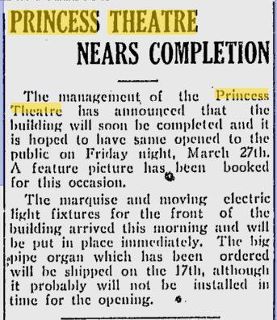Movies: The Big Shill [on trailers & product plugs]
From the Chicago Reader (December 21, 1990). — J.R.
If my paranoid suspicions are correct, Hollywood has embarked on a 12-year plan regarding the public consumption of trailers. The plan, which has become fully apparent to me over the past year, will come to fruition in the year 2000, and its basic goal, as I see it, is to turn movies themselves into full-fledged commercials that people will pay money to see.
When Back to the Future II ended with a trailer for Back to the Future III, it was a harbinger of what’s to come. The ever-increasing proliferation of sequels has already accustomed the public to the notion that any hit movie eventually becomes, at least retroactively, an advertisement for its inevitable successor. Now, through a three-point program that might be termed standardization-infiltration-expansion, Hollywood is force-feeding us a diet of trailers in an apparent effort to alter our modes of perception. Most movie trailers are now designed to resemble one another as closely as possible, from the discontinuous, scattershot cutting to the near-subliminal card of credits flashed at the end. They appear in a variety of fresh contexts — at the beginning and end of videotapes, on “commercial-free” cable channels, and as integral parts of some features, like the aforementioned Back to the Future II — and they crop up so repeatedly in their more traditional venues, in movie theaters and on network TV, that we may come to know certain trailers as intimately as we know certain family members. Read more



